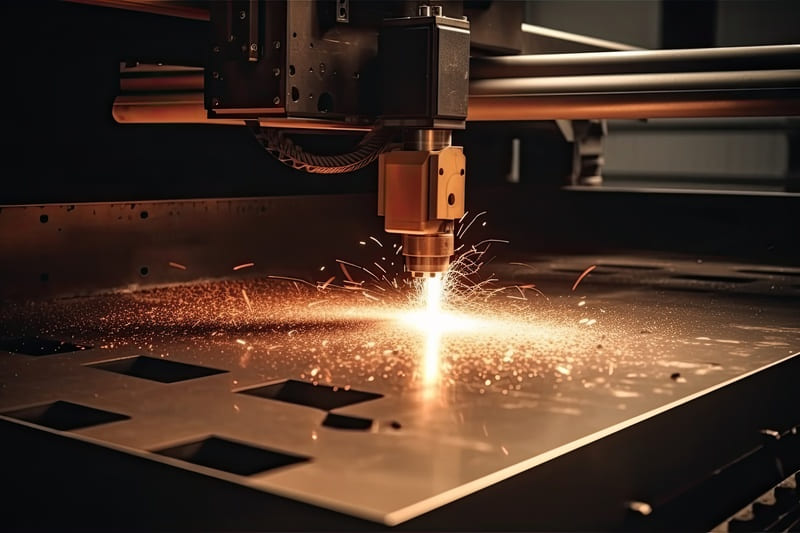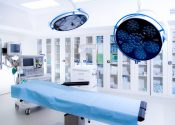Laser cutting is a production method that dates back to the 1960s. It offers a high degree of accuracy and precision, which is why it is used in a wide variety of industries, including the medical equipment industry.
Laser cutting – the process
Laser cutting technology uses high-powered laser beam to slice different types of metals, such as steel, titanium, brass, copper, and aluminum, with accuracy and precision. The beam is directed towards the surface of the material in order to melt or vaporize it to create a clean, definite cut. Laser cutting is currently a main manufacturing method for both low and mid-volume components.
The benefits of laser cutting
Laser cutting is a technology that offers many benefits. The most notables are:
- high quality of a cut,
- high speed and efficiency,
- great precision,
- low heat input on metal,
- small deformation of metal,
- cutting flexibility,
- material versatility,
- low power consumption,
- relatively low cost.
What are the applications of laser cutting?
Laser cutting is a method applied in the production of a vast variety of medical equipment. It is used in the development of:
- medical tools – hypodermic needles, hypo tubes, stents, cannulas, shaver blades,
- various surgical equipment – catheters, endoscopes, laparoscopes,
- implantable medical devices,
- medical implants,
- dental implants.
Moreover, laser cutting is often applied in the prototyping of medical equipment, which is fundamental to the product design and development process. Creating prototypes gives the manufacturer the opportunity to test and evaluate their concept, and can lead to further improvement. Because of the laser cutting technology the prototyping requires shorter setup and is much faster, while still offering great precision. It allows manufacturers to step up their game by upgrading the technology they have been using.

The advantages of the laser cutting technology for the medical field
Laser cutting technology enables creation of high quality customized medical equipment which matches clinical demands, as well as individual needs of the patient. The most notable advantages of this production method for the medical field are: sterility and safety, the ability to create delicate, complex components, the promotion of compliance to the regulations, and increasing the capacity of health providers.
Sterility and safety
Laser cutting is entirely contactless, which ensures the sterility and safety of the whole production process.
Delicate, complex components
The laser cutting technology offers high precision necessary to manufacture delicate, complex components and promises a lack of furrows on the surface of the cut part. It also gives the manufacturers the ability to produce tiny parts required by many appliances designed for medical use.
Compliance to the regulations
The implementation of metal laser cutting technology enables the medical device manufacturers to improve their services and maintain required quality standards. It promotes compliance to the regulations in the medical field, which is a heavily monitored industry.
Increased capacity of health care providers
The implementation of the laser cutting leads to an increased capacity of health care providers and shorter waiting times, which greatly affects the patients’ quality of life. This method is a key to keeping up with a growing demand for medical products in the light of an ever growing and aging population.
High quality laser cutting services are offered by Recomedic. This renowned company provides support and the most optimal, personalized solutions, while always complying with strict regulations and standards applicable in the field of medical equipment. With more than 25 years of experience, Recomedic is always ready to push the limits of creativity in the name of future development.



